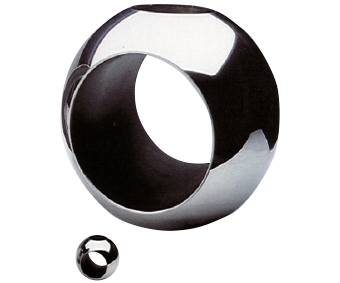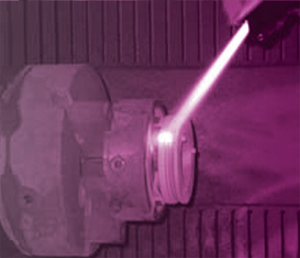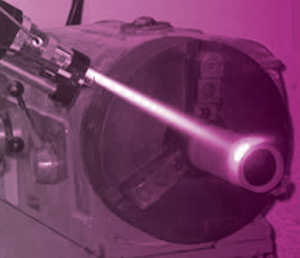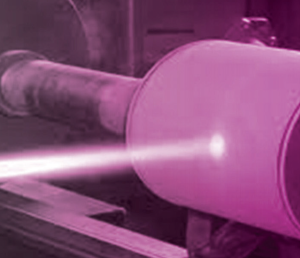
High Velocity Oxy Fuel (HVOF) and Cold Spray processes are spray metallization techniques that allow to improve the surface characteristics of a material and to lengthen its life even in very corrosive environments.
These advantages can be reached without modifying the toughness and the structural characteristics of the substratum. Compared to soldering and to other metallization techniques (for example with plasma cutting), in HVOF technique most of the energy delivered to particles is kinetic energy and not thermal energy, this permits a decrease in the number of particles that oxidise during the process.
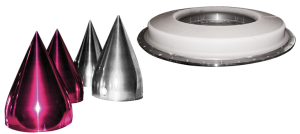
Furthermore, the high velocity of the flow guarantees that any non-completely molten particle is deformed by the impact itself, thus reducing any porosity in the final coating and improving the anchorage degree of the coating itself.
This process uses a mixture of fuels: kerosene burns with a high percentage of oxygen and produces a flame whose gas flow velocity is faster than 2000m/sec.
Metal powders, which are immediately melted and accelerated up to 1000m/sec, are radially injected in this flow.
Once the substratum has been affected, thanks to the high kinetic energy they have, particles solidify rapidly and generate laminated structures (splat).
With its plant, 2 Effe Engineering can produce different kinds of coating, with different compositions, for example:
|
Coating composition |
HV300 |
Porosity |
Maximum operation temperature |
| WC-Co | 900-1150 | 0.5% | 530 |
| WC-Co-Cr | 1050-1400 | 1.1% | 750 |
| Wc-Cr3C2-Ni | 900-1000 | 1.6% | 750 |
| Wc-Ni | 850-950 | 1% | 540 |
| Cr3C2-Ni-Cr | 700-800 | 1.5% | 800 |
The Company produces coatings with the following characteristics:
- High wear resistance
- High and controllable hardness (up to 1200-1400 Hv300)
- Low porosity (reduced to 1-1.5%)
- High anchorage resistance (compressions stronger than 80Mpa)
- Maximum thickness 13 mm
- Particularly thin surface finishing, with good Ra values
